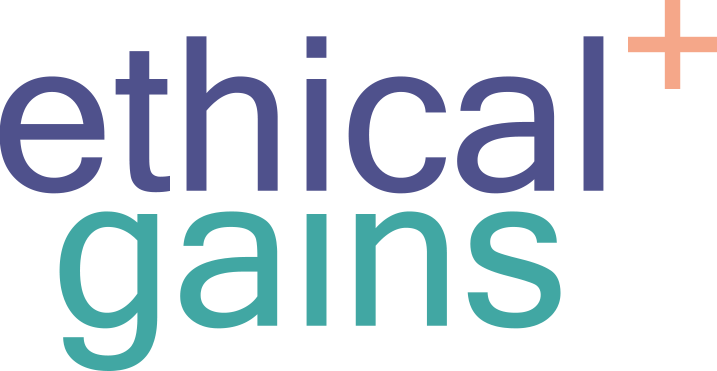In May 2021, Google announced its newest big algorithm update, MUM. The Multitask Unified Model (MUM) is the first big update since BERT in 2019, and Google claims that it’s 1000 times more powerful than BERT. However, while they stated that BERT would impact 10% of searches, they are less willing to give a number to MUM. Instead, they say that MUM does a lot more than rank web pages.
Contextual Search Improvements
MUM is a machine learning powered algorithm that is intended to improve online search capability. In this case, that means helping to remove geographical and language barriers, and helping users avoid multiple searches to find the content they want. MUM is designed not just to understand textual content, but also to interpret images, videos, and audio content in a way that just wasn’t possible before. MUM has also been trained on 75 different languages.
MUM will change search relevance, bringing related insights that allow searchers to find more information on a topic in a single search than ever before. MUM is supposed to interpret information in a “people-friendly” way, bringing meaning to searches.
According to Google, users currently need an average of eight searches to answer complex problems. MUM is expected to fix this. For example, if you were planning a trip to Japan, you would need to perform multiple searches for flight times, hotels, tourism spots, cultural information, required vaccinations, health care, and information on acquiring a visa. With MUM, you might be able to find all that information on one search, including from pages in Japanese translated into English.
As has been the trend with Google updates, this is going to leave less room for SEO “tricks” and demand more honesty from websites to rank.
MUM was at least partially rolled out in June 2021 to help address queries related to COVID-19 vaccinations.
New Search Engine Results Page Features
In September 2021, Google announced that MUM will be integrated into more searches, prompting a redesign on the search engine results page. Here are three of the biggest changes:
Things to Know
The Things to Know feature will identify and provide the most relevant “paths” of information related to a search. This means that Google will in essence anticipate follow-up searches that the user normally would have to make after their initial search and serve them on the SERP. The example given by Google is that they can identify more than 350 topics related to a query about “acrylic painting,” and MUM will be able to identify the most relevant and/or popular of these and serve them to the user immediately.
Topic Zoom
Topic Zoom is a feature that allows users to jump in and out of related topics. This means that the user can “zoom out” to view a topic in broad terms, or “zoom in” to explore a more granular subtopic.
Visual Exploration
This is a new Visual Results page that will appear for searches that are looking for inspiration, like “Halloween decorating ideas.” Apparently this feature is already available for certain search topics. I haven’t been able to find screenshots of the new visual results page, nor details about how it differs from a Google image search.
What Does This Mean for SEO?
There are a few important takeaways for those in the SEO industry.
Many More Than Ten Links
The new search results page changes will allow many, many more than ten pages to be featured. This is good news for publishers on the web, because there will be a lot more opportunities for pages to be displayed in some capacity on the first page.
This is similar to rich results, but the rich features are more likely to be pulled from different pages with different but related pieces of information.
Multimedia Is Even More Important
Because MUM is using image, video, and audio information to build the SERP, using many different kinds of media in publishing will be even more important in capturing a first-page spot. MUM can understand your image, video, and audio content and post links to that content on the SERP in response to a related query, which increases the search value of these pieces of content. Limiting yourself to just one medium means reducing your chances to appear on page one.
High-Quality Content is More Important Than Ever
As Google moves away from keyword matching and toward understanding search intent and meaning, the density of keywords on a page becomes less and less important. The quality of the content is what’s going to determine winners. This means that content, regardless of the medium it’s published in, will need to be helpful to users, well-structured, and engaging.
Fewer Searches Overall
Though there are going to be many more spots available on page one, there are going to be fewer searches overall after MUM is fully implemented. We don’t know how much this will reduce overall search volume, but it’s bound to have an impact.
MUM will make search easier for users, and harder for those using old SEO strategies. For those already placing a high importance on good quality, helpful content, MUM provides more opportunities to appear on the first page of the search results. How much this will actually impact SEO remains to be seen.




